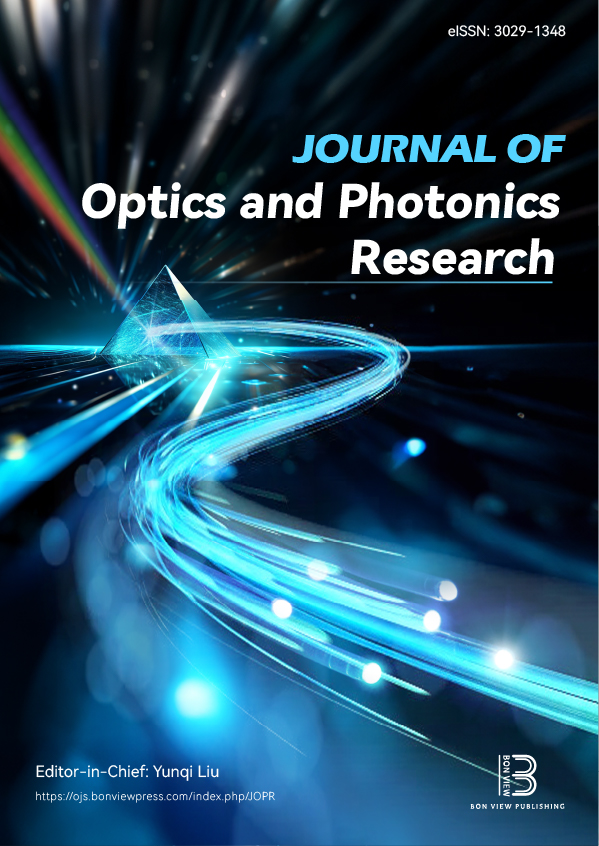The Impact of Varying Ratios of Light Quality Emitted by Light-Emitting Diodes (LEDs) on the Butter Lettuce
DOI:
https://doi.org/10.47852/bonviewJOPR42024031Keywords:
LED, net photosynthetic rate, butter lettuce, light quality, relative chlorophyll contentAbstract
Light-emitting diodes (LEDs) are considered the optimal artificial light source for plant factories, yet further research is needed to understand the impact of LED light quality on plant growth. This experiment investigated the growth and development of butter lettuce under varying ratios of red and blue light provided by LEDs. The specific effects of different red and blue light quality ratios on butter lettuce growth were systematically tracked and recorded, with comprehensive measurements of growth parameters and photosynthetic characteristics. Empirical findings revealed that a higher red light component compared to blue light led to improved butter lettuce characteristics. These included increased leaf length and width, elevated plant height, higher relative chlorophyll content, and an increased net photosynthetic rate. The study also highlighted that the light quality requirements of lettuce fluctuate across different growth stages, allowing for adaptable modulation of lighting conditions to align with specific growth stage needs. Total fresh weight, total dry weight, and dry matter content of lettuce reached the highest values in the R8B2 treatment with 80% red light and 20% blue light, and the percentage differences reached 29.2%, 23.1%, and 13.9%, respectively. Additionally, the photosynthetic chlorophyll content and net photosynthetic rate exhibited maximum percentage differences of 22.22% and 14.6%, respectively. In conclusion, the experimental evidence supports that an R8B2 spectral composition (80% red and 20% blue light) in a controlled indoor setting represents the optimal light environment for the accelerated growth and superior quality of butter lettuce.
Received: 5 August 2024 | Revised: 22 September 2024 | Accepted: 24 October 2024
Conflicts of Interest
The authors declare that they have no conflicts of interest to this work.
Data Availability Statement
Data are available from the corresponding author upon reasonable request.
Author Contribution Statement
Jun Zou: Conceptualization, Resources, Writing - review & editing, Supervision, Project administration. Wenbin Liu: Conceptualization, Methodology, Software, Validation, Formal analysis, Investigation, Writing - original draft, Visualization. Dawei Wang : Methodology, Software, Data curation, Visualization. Shipeng Luo: Methodology, Software, Data curation, Visualization. Yan Shen: Validation, Resources, Data curation, Supervision. Mingming Shi: Conceptualization, Formal analysis, Investigation, Writing - original draft, Writing - review & editing, Supervision, Project administration. Hongliu Xu: Resources, Project administration, Funding acquisition.
Downloads
Published
Issue
Section
License
Copyright (c) 2024 Authors

This work is licensed under a Creative Commons Attribution 4.0 International License.


